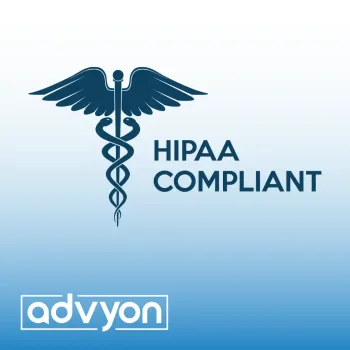Written By Tibby Fielding One way to help build trust between patients and healthcare professionals is through HIPAA compliance. Patients can feel more confident in their doctors which leads to better healthcare. The Health Insurance Portability and Accountability Act (HIPAA) is a federal law that was created to protect the privacy of individuals’ health information. It also sets standards for the security of electronic health information. As technology has advanced, so have threats to the…
HIPAA
HIPAA Patient Data Retention time for South Carolina, SC – How Long Should I Keep My Patient Files?
A common question for doctors, medical professionals, and IT staff who deal with patient data, medical files, or HIPAA related info is, “How long do I need to keep all of our patient records?” HIPAA protects patients’ rights to access their personal files. Patient Data and access to Patient Files in the state of South Carolina should be stored and accessible for a time period of 10 years for adults from the last treatment and…
How do I become HIPAA compliant? (a checklist)
A little housekeeping before we answer the question. This article is not a definitive list of what is required for HIPAA compliance; you should assign a Privacy Officer to review each rule in its entirety. This article is intended to point you in the right direction. So you have determined that you are handling protected health information (PHI) and that you need to be HIPAA compliant. What’s next? What steps need to be taken in…



